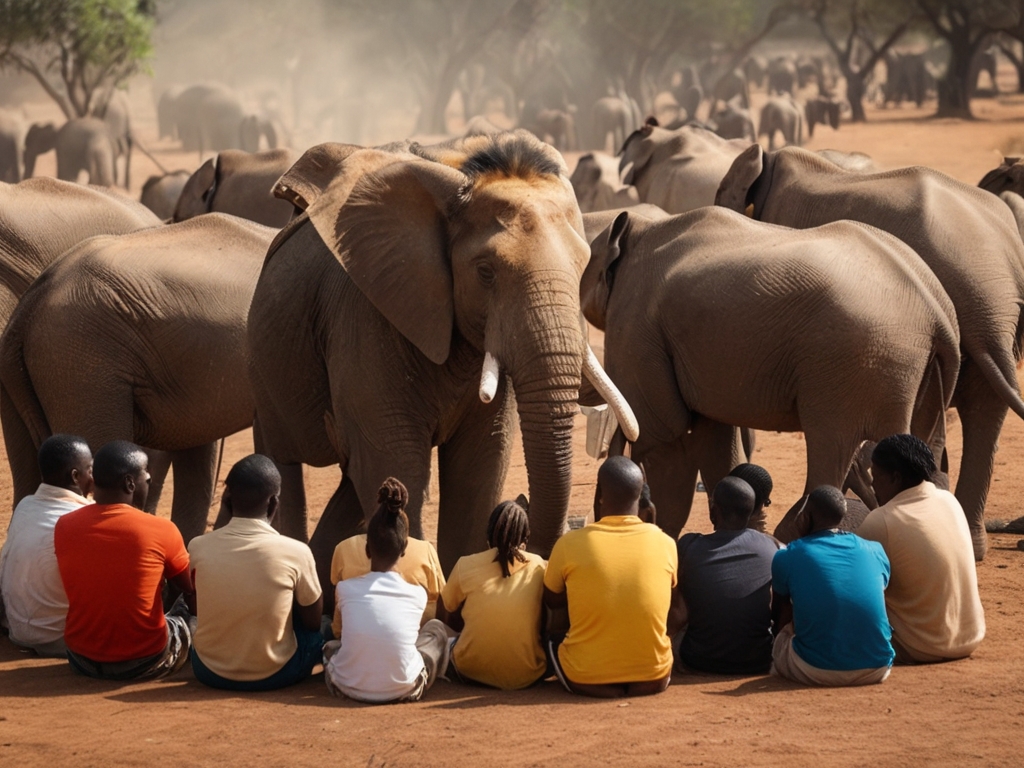
In the realm of wildlife conservation, a transformative shift is taking place—one that places communities at the forefront of the effort. Community-led wildlife conservation is emerging as the ultimate model, offering a more cost-effective, impactful, and sustainable approach to preserving our planet’s biodiversity. This model not only fosters a harmonious coexistence between humans and wildlife but also addresses the root causes of human-wildlife conflicts.
The Power of Community Connection: At the heart of community-led conservation is the recognition that local communities are not just stakeholders but crucial partners in the preservation of biodiversity. By actively involving these communities, conservation efforts can leverage the knowledge, traditions, and commitment of those who share their daily lives with the surrounding wildlife.
Creating a Friendly Connection: The traditional narrative often portrays wildlife as a threat to human livelihoods, leading to conflicts that result in harm to both humans and animals. However, community-led conservation seeks to rewrite this narrative by fostering a friendly connection between communities and wildlife. Education and awareness initiatives play a pivotal role in helping communities understand the importance of coexistence.
Mitigating Human-Wildlife Conflicts: One of the primary advantages of community-led conservation is its effectiveness in addressing human-wildlife conflicts. By involving local communities in decision-making processes, conservation strategies can be tailored to suit the needs and concerns of the people living in close proximity to wildlife habitats. This proactive approach helps implement preventive measures, such as secure fencing, early warning systems, and community patrols, reducing the chances of conflicts and ensuring the safety of both humans and wildlife.
Cost-Effectiveness and Long-Term Impact: Community-led conservation models are often more cost-effective than traditional top-down approaches. Instead of relying on external organizations with high operational costs, local communities contribute their time, knowledge, and resources. This not only reduces financial burdens but also ensures that conservation efforts are sustained in the long run, as the communities themselves become the guardians of their natural heritage.
Sustainable Solutions: Sustainability is a core principle of community-led wildlife conservation. By integrating conservation practices into the daily lives of communities, such as sustainable agriculture, responsible tourism, and habitat restoration, this model ensures that both humans and wildlife can thrive without compromising the delicate balance of ecosystems. The sustainability of such initiatives is bolstered by the sense of ownership and responsibility that communities develop for their natural surroundings.
Conclusion: Community-led wildlife conservation is emerging as a beacon of hope in the quest to protect our planet’s diverse ecosystems. By creating a friendly connection between humans and wildlife, addressing the root causes of conflicts, and empowering local communities, this model offers a path towards a future where both people and animals coexist in harmony. As we look to build a sustainable and resilient world, embracing community-led conservation may well be the ultimate solution we’ve been searching for.
